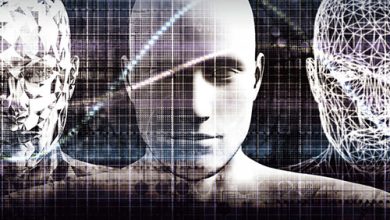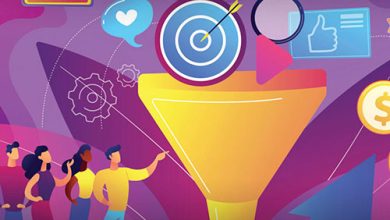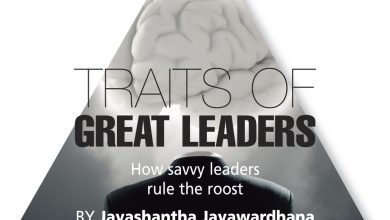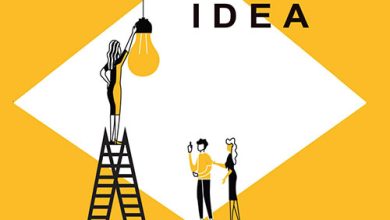DIGITAL LITERACY
ONLINE SKILLS REDEFINED
Ruwandi Perera explains what it means to be a truly digitally literate person

Though Sri Lanka proudly claims to having one of the highest literacy rates in the region, simply being literate on paper is of little use. As outlined by the UN in its 2030 Sustainable Development Goals (SDGs), being digitally literate is far more critical today… and Sri Lankans need to get into gear.
According to the Department of Census and Statistics, the island had a computer literacy rate of 32 percent last year with the urban sector recording nearly 44 percent, and rural and estate sectors following with almost 31 and 12 percent respectively.
At the lower end, these numbers do look good for a developing country.
Yet, if we consider the local definition of ‘computer literacy,’ people between five and 69 are considered computer literate if they can use a computer on their own. This means that even a child who knows how to play a computer game or watch a YouTube video is considered computer literate.
The definition of ‘digital literacy’ is somewhat wider but still insufficient. People are deemed digitally literate if they can use a computer, laptop, tablet or smartphone independently.
Technology is the fuel that runs the world today. Viewing digital literacy through a broader lens is needed for a country that has outlined its information technology and business process management (IT-BPM) sector as one of the key contributors to its national export strategy.
So what should digital literacy entail?
There are countless definitions to consider: in simple terms, digital literacy is one’s ability to find, evaluate and clearly communicate information on various digital platforms; its ability is evaluated on grammar, composition, typing skills, and the ability to produce text, images, audio and designs using technology.
In 2020, American scholar and educator Renee Hobbs observed that digital literacy doesn’t simply mean reading and writing on a digital device. She said that a digitally literate person is one who is socially responsible, spreads awareness and helps others find digital solutions.
Some scholars have stated that digital literacy is an umbrella term that covers five types of literacy.
Photo-visual literacy is the ability to read and understand information from visuals. Reproduction literacy means being able to source information using digital technology to develop your own work (sans plagiarism). Branching literacy deals with understanding nonlinear forms of digital information. Information literacy implies searching, finding and evaluating information online. Socio-emotional literacy covers online socialisation and collaboration.
Simply being able to check your emails, browse Google, use Facebook and read online newspapers or magazines doesn’t mean you are necessarily digitally literate.
Sri Lankans who aren’t digital natives are a fascinating species online. Some attend ‘Facebook university,’ others enrol in night classes at the ‘WhatsApp group academy’ and many obtain membership at online gossip sites!
In essence, the majority of us believe a lot of things we find online – magical formulas, conspiracy theories and so on.
So it’s essential that digital skills are instilled in students at school, university and industry levels, and this must include knowing how to use digital tools, critical thinking and evaluation, social engagement and online safety.
Furthermore, Sri Lanka must bridge its digital divide, the importance of which has been highlighted during the pandemic.
Online learning has left many poor children helpless; and remote working has challenged employees who don’t have the bandwidth and competencies to cope. There is no doubt that as a country, we must begin empowering our citizens from all demographics to learn, work and live fruit-fully in the digital age.
The theme for the UN’s International Literacy Day 2021 is ‘Literacy for a human-centred recovery: Narrowing the digital divide.’ While this pushes the government, as well as regulatory and educational bodies, to focus on digital inclusivity and literacy, there’s plenty left for individuals to do too.
Ignoring digital technology, limiting its use in our lives or waiting for people to realise the benefits of living without technology isn’t going to get us anywhere in the world. It’s high time we begin to upskill ourselves, become more digitally literate, and embed critical evaluation skills and a sense of social responsibility in our tool kit.
For when it comes to digital literacy, there is no end to upskilling – because every day brings new technologies that outdate what we know…





